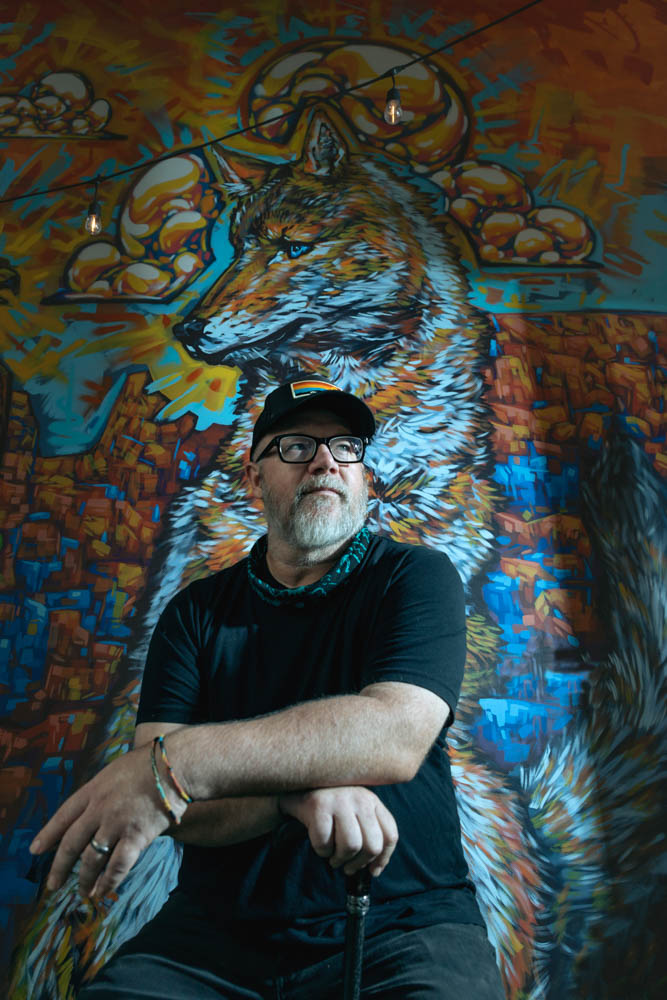In the fascinating world of teen dramas and stories revolving around one or more couples, love seems to conquer all. However, there is a less visible reality that continues to strongly influence the plot and characters: Classism. Have you ever noticed this? Despite the social and cultural progress in recent decades, many of the romantic narratives we enjoy are still permeated by Class dynamics which reflect and reinforce the Inequalities present in our society. The love stories we see on screen often take place against a backdrop of economic and social differences that not only affect the fate of the protagonists, but also shape the audience’s perception of what it really means to “find love”. How exactly does classism manifest itself in these productions and why does it continue to play such a central role?
From Jane Austen to dating apps
In many novels of the 19th century, class differences are portrayed as a major obstacle for lovers, such as in pride and Prejudice. The novel was always characterized by its depiction of social classes and hierarchies in the society of its time. Upper class characters rarely cared about events outside their social circle and remained relatively isolatedbut instead focuses on their roles and obligations. It may seem reasonably anachronistic to discuss this in the context of relationships in 2024. But is that really the case? The evidence suggests the opposite. A study published in 2017 by a team of Australian researchers shows that most people tend to choose partners who are similar to them, a pattern known as “assortative mating” that has a significant impact on the evolution of the human genome. In short, people tend to choose and marry those who are very similar to them – similar level of education, physical attractiveness, height, weight, etc. So when a rich person marries another rich person, it is not a coincidence. This is also evident in the emergence of new dating apps based on exactly this idea. There are toffeefor example, a paid app for graduates of private schools, and Inner Circlefor career-focused young professionals, with the slogan: “We are the only app that curates the crowd to help you meet likeminded singles.”
Classism on TV: Normal People
Some of the television series that we have passionately followed since our youth until today were driven by Class differencesand we found it romantic: The love story in which the richer person falls in love with the less wealthy has been portrayed in countless variations, but it has not tired directors and producers. Take Marianne And Connell in Normal People. The inequality between them is only explicitly addressed once in the entire series. While Marianne finds her place and perfectly navigates an educated environment where conversations revolve around philosophy and literature, Connell, who was one of the most popular boys in high school, struggles because education and family background matter, not just charisma and good looks.
TV series of the 2000s: Gossip Girl
The same goes for one of the most iconic TV series of the 2000s, gossip Girlwhere classism is even more embedded in the plot, to the point that without them, some of their love stories might never have continued. Of course, since it is a television series, there is a certain amount of exaggeration for the sake of entertainment, but the truth is that in Gossip Girl, a fundamental part of the plot and the development of events and characters revolves around the fact that it a conviction. And there is no denying it. Just think of Dan and Serena. Both suffer from loneliness, crave validation, and search for true love, but they start at opposite ends of the social spectrum. While Serena’s position on the Upper East Side remains unchanged, Dan must climb to the top. When he finally reaches the desired point, he no longer has to look up at Serena – symbolized by the flashback of Serena standing at the top of the stairs at Blair’s party during their freshman year of high school – but is directly eye-to-eye with his true love.
Classism in the elite
The Netflix series elite follows three working-class students – Samuel, Nadia and Christian – who have just been accepted on scholarship to a fictional and prestigious high school called Las Encinas. When they arrive there, a surprise awaits them. In addition to Clashes with wealthy studentsThe trio also uncovers some hidden and dangerous secrets about the school itself and must deal with classism, Islamophobia, homophobia and the strict constraints of religion. All of these social problems are central to the plot of the series and serve to drive it forward, but they are not explored in depth. Even the characters who have everything are complex and struggle with loss, pain, mental health and morality. The difference between old money And new money – already a TikTok trend in terms of fashion – also appears here: Rebeka, for example, is a student who is just as wealthy as her fellow students, but her wealth comes from Drug trafficking guided by her mother, which does not bring her to the same level as her classmates.
What will happen to the world of teen dramas without stories about class struggle?
Given these examples, it is clear that classism in romantic television series has both strengths and weaknesses. On the one hand, these dynamics can captivating narrative tension and complex characters that reflect the social realities that still affect our daily lives. On the other hand, maintaining these stereotypes risks harmful stereotypes and the limitation of love stories to predictable and non-inclusive patterns that are already all too common in real life.




